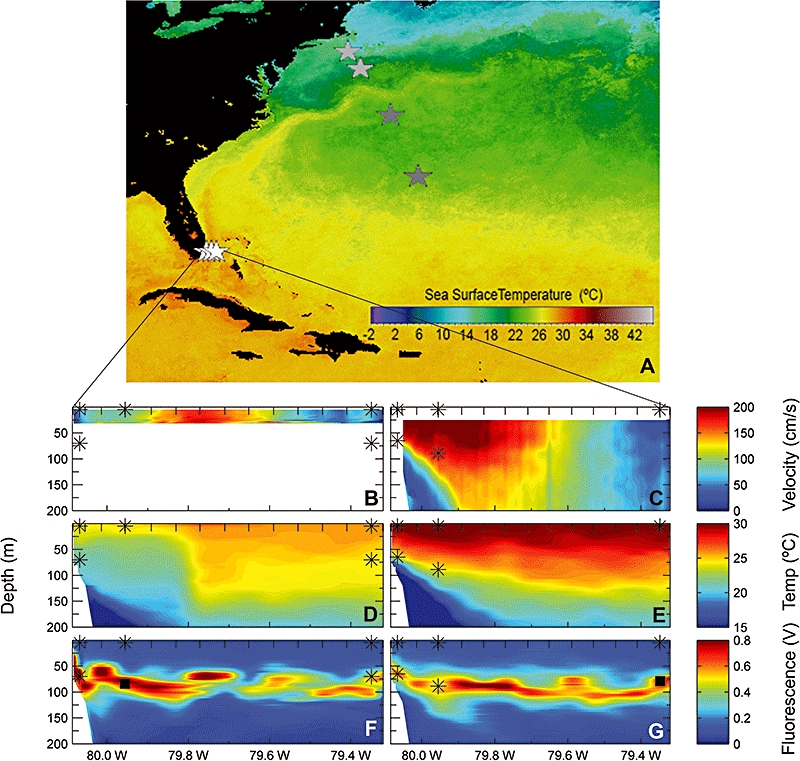Project: Unveiling the contributions and regulation of picoeukaryotic phytoplankton in oceanic environments
Description
The growth rates and fate of primary producers in the oceans are key factors
regulating carbon flux in the biosphere. While resource limitation is known to
play a major regulatory role, the specific factors controlling growth and mortality
of picophytoplankton (<2 microm diameter) are poorly understood. In particular,
due to the small size and low sinking quotient of these dominant primary producers,
determinants of their fate and transport in the water column are critical to the
development of predictive models of carbon flux and its likely perturbation due to
climate change. Picophytoplankton is composed of cyanobacteria, (Prochlorococcus
and Synechococcus) and small eukaryotes. While the picocyanobacteria have received
much attention, little is known about the distribution and dynamics of picophytoeukaryotes,
particularly in oceanic settings. The few comparative measurements made to date indicate
that the productivity of picophytoeukaryotes can rival that of picocyanobacteria. Hence,
knowledge regarding the role of picophytoeukaryotes in open ocean environments is urgently
needed. However, this knowledge is only valuable when put in the context of the total
picophytoplankton community and, therefore, quantification of picocyanobacteria must also
be included.
The overall goal is to develop a method for determining underlying physiological controls
of picophytoeukaryotes. A targeted approach will be used, combining flow sorting, cDNA
libraries and Expressed Sequence Tags (EST), allowing real-time expressional responses to
be identified. This knowledge will highlight key physiological constraints and information
on molecular underpinnings of picoeukaryotic population dynamics as well as aiding future
efforts to isolate open-ocean picoeukaryotes. This is an important additional benefit from
the work since environmental clone library data has demonstrated that such picoeukaryotes
are poorly represented in culture collections. Long-term, the environmental genomic approach
developed will also provide a high throughput mechanism for profiling expressional responses
(mRNA) in the field. In the proposed work, expressional responses will be evaluated in two
ocean basins, the equatorial Atlantic and the South Pacific.
PUBLICATIONS PRODUCED AS A RESULT OF THIS RESEARCH
Cuvelier et al. "Widespread distribution of a unique marine protistan lineage.," Environmental Microbiology, 2008.
Note:
All contextual data available (typically temperature and salinity) was deposited with the GenBank Submission for each sequence.
| Dataset | Latest Version Date | Current State |
|---|---|---|
| Links to accessions for 18S rDNA, chloroplast and metagenomics (picoeukaryote) data from multiple cruises from the Sargasso Sea and CalCOFI line 67 from 2001-2009 (PHYTO_GENOME project) | 2011-01-18 | Final no updates expected |

People
Principal Investigator: Dr Alexandra Z. Worden
Monterey Bay Aquarium Research Institute (MBARI)
Contact: Dr Alexandra Z. Worden
Monterey Bay Aquarium Research Institute (MBARI)
